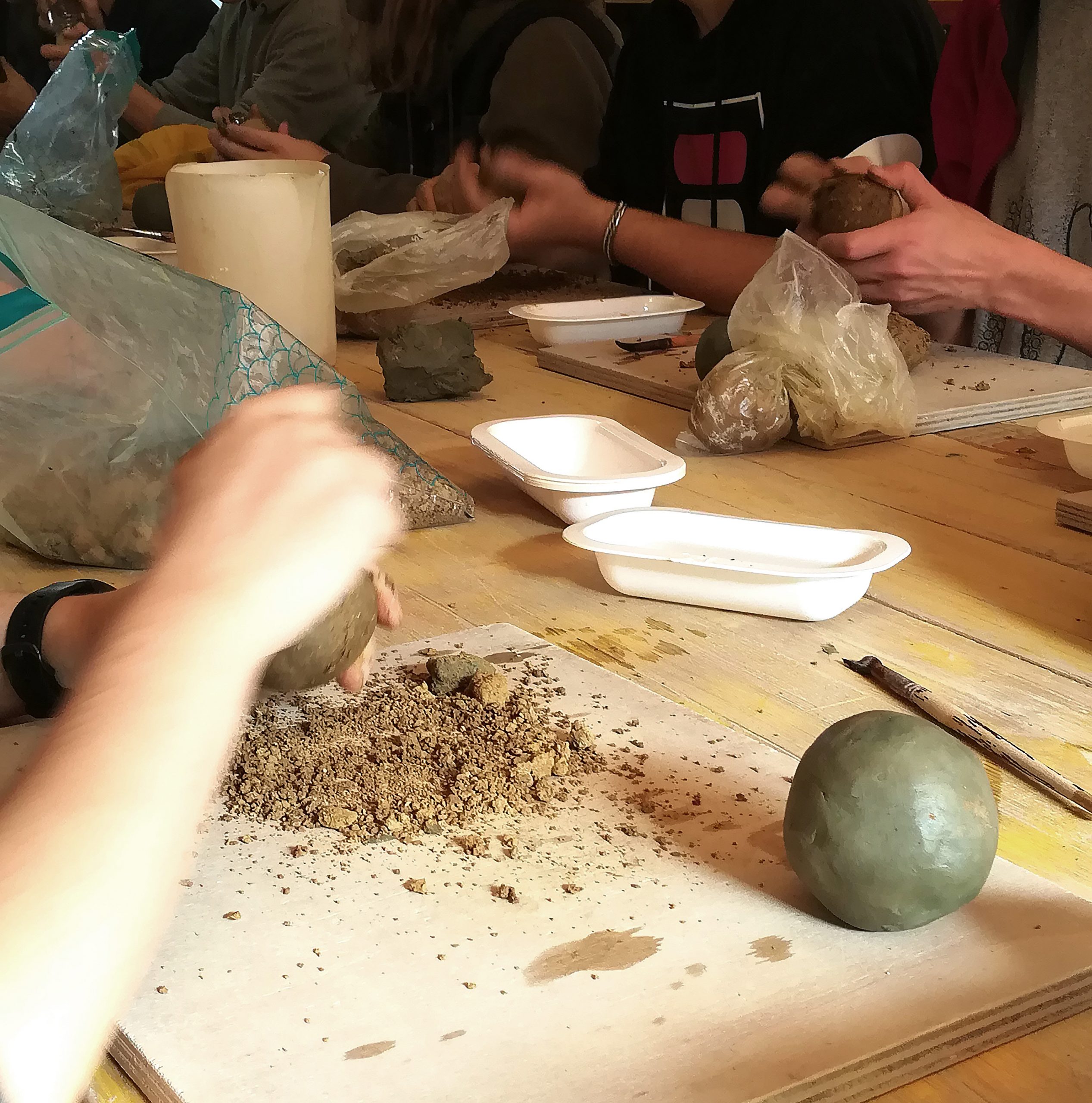
Architecture and Sustainable Development
The Terragni Art School at Centro Studi Casnati has been running the Terra Cruda project since September 2022. Catering to the students of the Architecture and Environment course, the project is aimed at spreading the knowledge and acquisition of specific skills in the use of rammed earth in construction.
In line with the UN Education for Sustainable Development Program, the Terra Cruda project is fully consistent with Goal 11 of Agenda 2030, which is about making cities more inclusive, safe, resilient and sustainable.
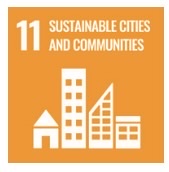
In particular, within the framework of strengthening efforts to protect and safeguard the world’s cultural and natural heritage (Target 4 of Goal 11 of Agenda 2030), the Terra Cruda project aims to promote the use of specific natural materials in architecture.
Although soil (or clay) has traditionally been used in construction, it is now enjoying renewed popularity following the spread of green building.
Rammed earth is a natural and biocompatible material. It has a very low environmental impact since it is widely available and is not processed with chemical substances or processes that generate polluting waste. Moreover, at the end of its life cycle it can be returned to nature without any further treatment. Rammed earth houses are therefore regarded as being completely natural.
In addition to sustainability, buildings made of rammed earth have other interesting features such as a considerable mass and thermal inertia, excellent thermal energy storage capacity and soundproofing properties.
Ms Collavizza, teacher of Architectural Disciplines and Laboratory, and Ms Cuccagna, teacher of Plastic Arts and Sculpture for the first 2-year course, have developed a program consisting of theoretical lessons and educational visits to specific places such as Munlab – Clay Ecomuseum in the province of Turin, extraction and processing plants, and the Istituto Agrario Cantonale di Mezzana, an architectural example of rammed earth extension of an already existing building.
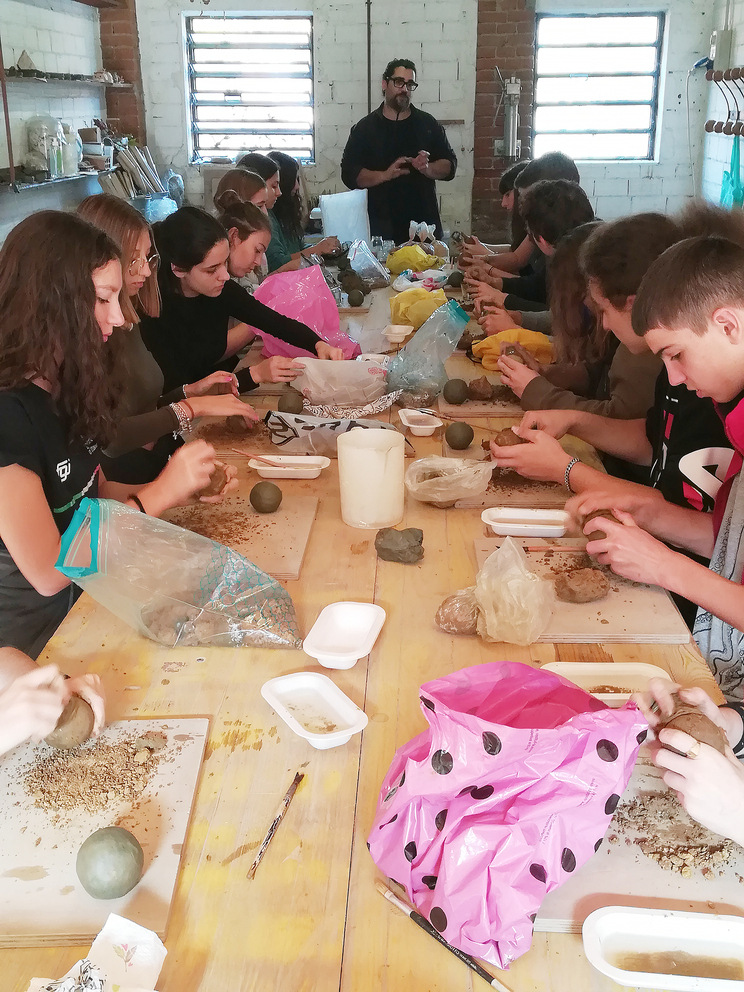



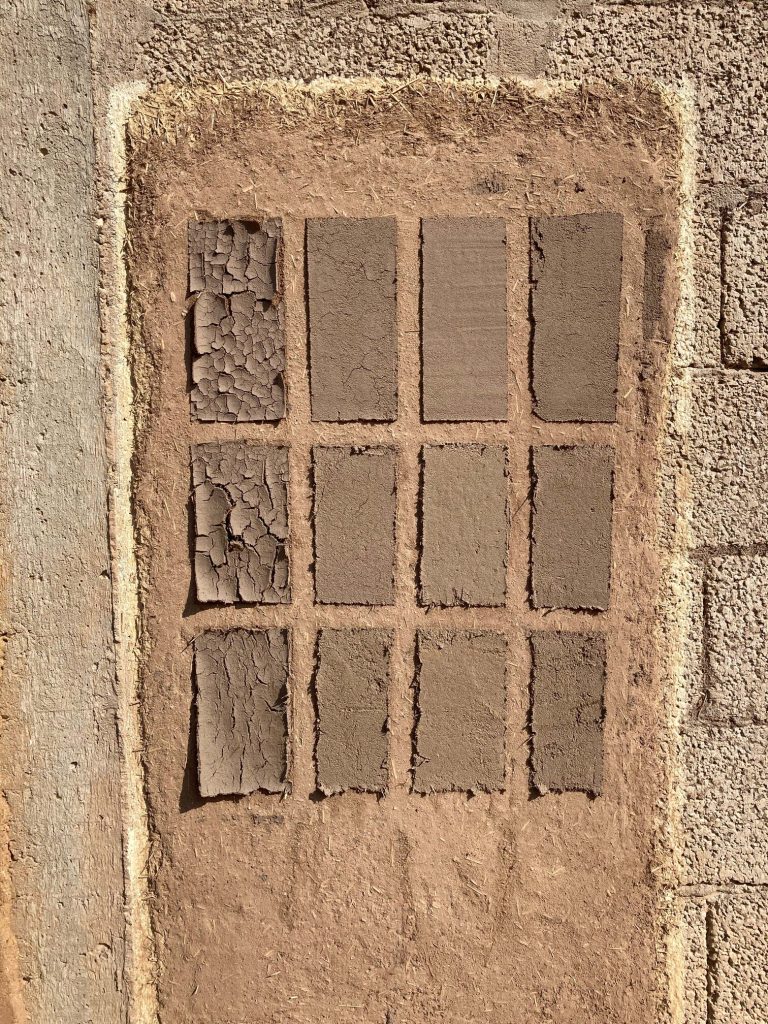
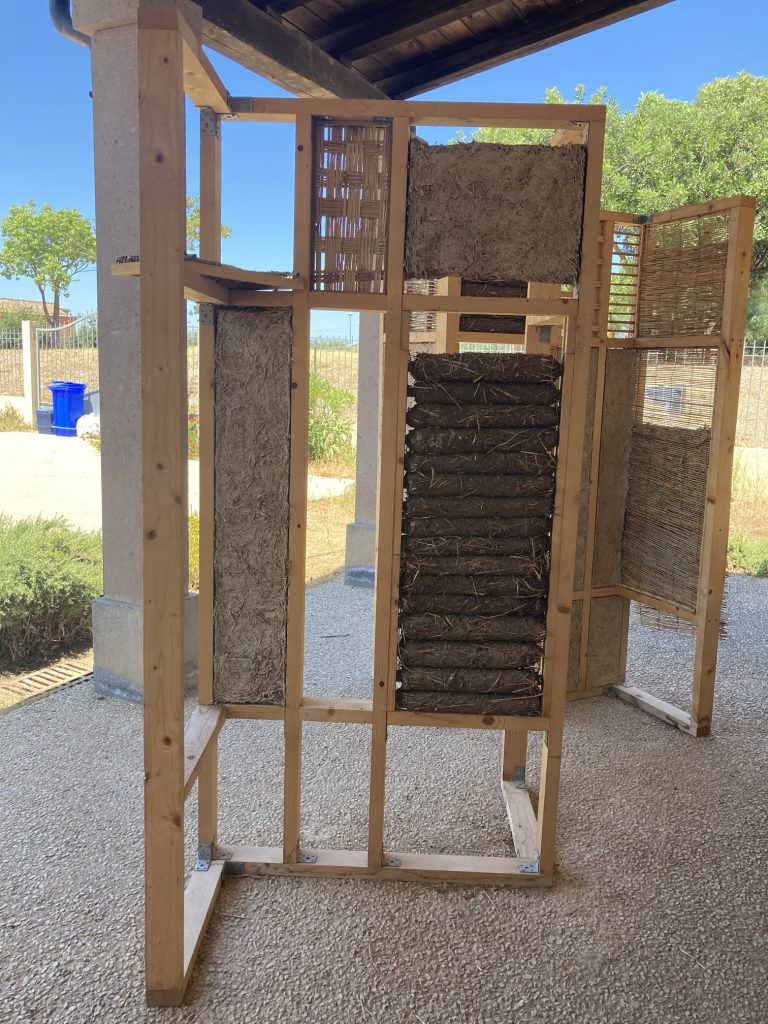
Theoretical lessons will be followed by practical work to learn rammed earth processing and construction techniques.
A lab has been set up in the Architecture and Environment department, where students of the course, from the third year onwards, can put into practice what they have learned and experiment with it.
The final goal is to encourage deep and extensive reflection on the world of architecture, eco-sustainability and on the many challenges facing students in the construction field in the near future.
#CasnatiforESD #wearecasnati
